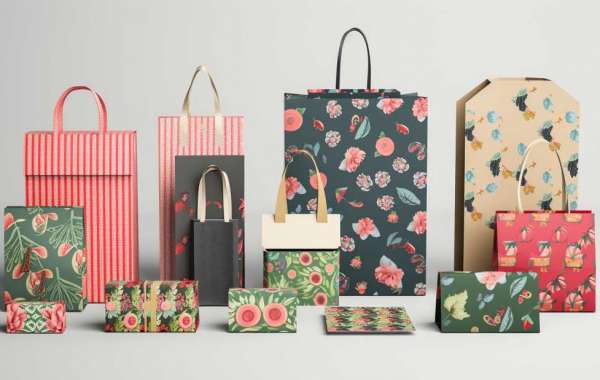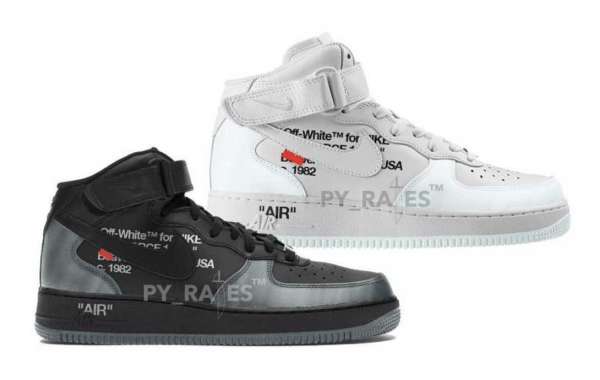How to Make Green Packaging
As consumers become increasingly concerned about the environmental impact of packaging, developing truly "green" and sustainable packaging solutions has never been more important for companies. There are several factors to consider when designing packaging to be environmentally friendly. Choosing the right eco-friendly packaging materials as well as utilizing sustainability initiatives throughout the packaging process are key ways to make green packaging.
Use Renewable and Recyclable Materials
One of the most effective ways to make packaging greener is by selecting materials that are derived from renewable resources and can ultimately be recycled. Popular sustainable options include paper/paperboard, bamboo, plant-based bioplastics, and recycled plastic. When possible, opt for materials with high post-consumer recycled content that can re-enter the recycling stream after use. Avoid single-use plastics like PVC and polystyrene foam which have detrimental environmental effects and low recycling rates.
Consider Molded Fiber Packaging
A smart choice for many product types is molded fiber packaging made from recycled cardboard or sugarcane fibers. These products match the protective performance of plastic packaging yet are completely biodegradable and compostable. Molded fiber provides form, fit, and function advantages over traditional corrugated cardboard by utilizing three-dimensional molding technology. Companies like Eco-Products and Huhtamaki offer innovative molded fiber options that require no adhesive or glue for assembly, making them truly recyclable and sustainable.
Lightweight Packaging Design
Lightweighting the materials used leads to reductions in resources, costs, and carbon footprint from transportation. Conduct packaging redesigns to use just enough material for protection by optimizing dimensions, removing excess interior void space, and right-sizing to the product. Switching to thinner gauges of paper, plastic, or fiber while still meeting durability needs decreases material usage. Consider multi-pack configurations versus individual wrappings to eliminate redundant materials.
Use Post-Consumer Recycled Content
Look for packaging materials incorporating high percentages of post-consumer recycled content which diverts waste from landfills. Companies leading in recycled content include Eco-Products utilizing 100% recycled paper and plastic, as well as Peninsula Packaging supplying bread bags composed of 50-80% recycled plastic. Using recycled inputs supports the circular economy model and reduces dependency on virgin materials extracted through intensive industrial processes.
Optimize Packaging to Load Ratios
The amount of packaging surrounding a product directly affects efficiency. Analyze fill levels and consolidate space to ship more product per box or crate. Adopting space-saving load designs minimizes transportation impacts by capturing unused internal void areas. Companies like Uline Packaging offer load locking and load securing solutions to achieve higher load density packaging configurations.
Eliminate Unnecessary Packaging
Evaluate products and simplify designs to remove any non-essential packaging layers. For example, some bulk items like coffee beans can be packaged in recyclable paper bags instead of multilayered plastic and boxes. Where practical, opt for shipping unpackaged or with minimal overwraps to reduce material usage. Consider replacing individual primary and secondary packaging with alternatives like bulk refill models.
Design for Future Disassembly
Create packaging intended for disassembly, recycling, or composting at end of use phase. Choose materials that can be easily separated and processed, and avoid glues or adhesivesbinding components together. Ensure labeling clearly identifies material types and any recycling instructions. Provide take-back programs and enhanced recycling infrastructure for difficult-to-recycle packaging like flexible pouches or multilayer structures.
Prioritize Reusable Packaging
Establish reusable packaging systems with durable containers built for repeated trips that also protect products. Reusable plastic crates, wheeled totes, baskets, and bins eliminate single-use packaging needs. Work with customers to implement standardized container sizes, weights, and return/refill models. Companies like IFCO Systems and Rehrig Pacific have transitioned industries away from waste through reusable transit packaging.
Source from Sustainable Packaging Companies
Outsourcing packaging needs to suppliers practicing sustainability meets multiple goals. Work only with partners that disclose raw material sources, operate on renewable energy, practice emissions reduction, and divert waste from disposal. Look for sustainable packaging solutions providers like Green Bay Packaging, International Paper, and WestRock that proactively adopt eco-friendly measures beyond product materials alone such as product stewardship, renewable energy use, and zero waste sites.
Implement Renewable Energy
Switch operations to renewable energy sources through on-site solar panels, wind turbines, or purchasing renewable energy credits to power 100% of facilities. Major packaging producers using renewable energy include Georgia-Pacific, WRAP, and WestRock. Powering operations from renewable inputs eliminates greenhouse gas emissions tied to energy consumption.
Engage in Carbon Offsets
Calculate overall carbon footprint using tools like the Carbon Trust Standard Footprint and counterbalance any unavoidable emissions through verified offset programs supporting renewable energy, forestry, or methane capture projects. Offsets restore natural carbon sinks, creating a carbon neutral packaging solution. Look to service providers like TerraPass, Carbonfund.org, and Natural Capital Partners offering high-quality vetted carbon offset options.
Participate in Supply Chain Certifications
Gain third-party validation by obtaining credentials under programs like FSCTM, Sustainable Forestry Initiative (SFI), and Green-e certifying responsible fiber sourcing and chain of custody. Supporting certifications like Composting Council's Eco Stamp assures compostable material standards are met. Additionally pursuing certifications such as B Corporation verifies commitment to sustainability, workers, community, and environment across business practices.
Implement Waste Reduction Strategies
Set targets to minimize waste generation tied to manufacturing processes through techniques like Lean Manufacturing. Increase recycling rates, partner with local recyclers and implement strategies to achieve zero waste to landfill status. Leaders utilizing innovative sustainable packaging solutions like New Wave Packaging rely heavily on waste reduction strategies coupled with renewable energy and carbon offsetting.
Engage in Product Stewardship
Take responsibility for packaging post-use through programs like package take-back, recycling promotion, municipal composting infrastructure support, and sustainability reporting. Collaborate with brand owners and retailers to encourage reuse reduction at consumer level through consumer education. Offer voluntary take-back services for spent packaging materials like flexible pouches difficult for conventional recycling to process.
Partner for Change
Join initiatives driving market transformation through collaboration with other brands implementing sustainable packaging goals under umbrellas like The Consumer Goods Forum's Global Packaging Project. Collaborate cross-industry on developing infrastructure support for renewable and recyclable solutions of the future. Engagement and joint progress accelerates a shift to truly sustainable packaging across sectors.
Considering all these elements from material selection to optimized design, recycling infrastructure, renewable practices, and circular system integration puts businesses on the path to more sustainable packaging. With strategic prioritization of eco-friendly materials, efficient production and renewed focus on end-of-life, companies can create packaging that's both green and commercial viable.








